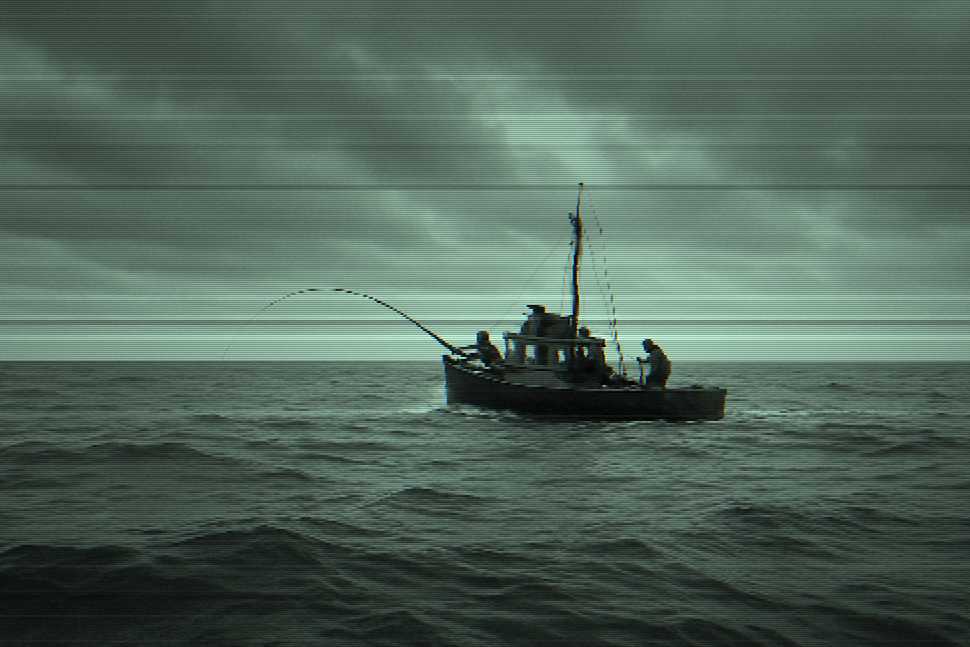
Jaws 1975
This transmission takes place in a coastal settlement where humans regularly enter a large body of water for recreation. A large aquatic predator — referred to as a shark — begins removing limbs from those participating in this ritual. Instead of adapting behavior, local officials deny the problem to protect tourism revenue.
A marine biologist arrives and confirms the threat. His data is ignored. Another human — a fisherman with personal trauma and a loud voice — offers to kill the shark for a high price. The mayor rejects this. A child is consumed. The mayor reverses position.
Eventually, three males set out on a boat with no backup plan, limited supplies, and increasing interpersonal conflict. They use fish parts to attract the predator. They fire harpoons attached to floating barrels. The shark remains unimpressed.
After extended damage to the vessel and multiple near-fatal encounters, the shark is destroyed using a compressed air tank and a projectile. The method is not officially approved. The survivors return to shore using swimming techniques.
No policy changes follow.
Conclusion: Humans will ignore evidence of danger if it threatens seasonal revenue. Their approach to predation is denial, followed by improvisation, followed by explosive overcorrection. Their aquatic dominance remains theoretical.
If Nebulon requires disruption of coastal zones, deploy a visible biological threat. Humans will debate its reality until it consumes something photogenic.Would you like Nibblon to next review a political procedural, a haunted house comedy, or a science fiction horror hybrid?
